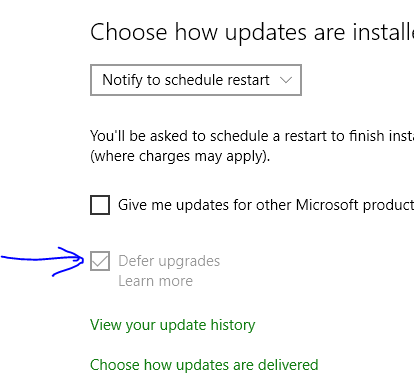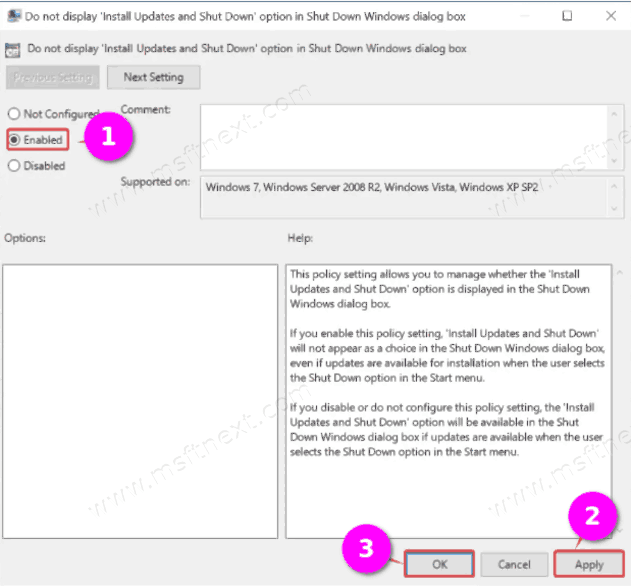

Go to Local Computer Policy -> Computer Configuration -> Administrative Templates -> Windows Components -> Windows Update.So here is how you can turn off the restart reminder of Windows Update: If there ever is an important security message, the user will just click away without really reading it because he is trained to do so. In this way these pop-ups might even decrease security. People get used to them, and click on them automatically. All these pop up windows warning about security issues are more or less useless. In my view this feature doesn't bring in extra security. I also like it if Windows rebooted automatically during my lunch break while several virtual machines are running. Usually, this restart now/restart later pop up appears when I am doing something important or when I have some remote connections open. Select any of the following for more detailed info.The Windows Automatic Updates feature is great, however those nagging reboot reminders can drive you crazy.

If you don’t have Windows 8.1 or Windows RT 8.1 media, contact Microsoft Support. If you upgraded your PC to Windows 8.1 or Windows RT 8.1 with a DVD, use that disc. For more info, see Create a USB recovery drive. Having a recovery drive can help you troubleshoot and fix problems with your PC, even if it won’t start.

If you don’t have either of those, you can make them if you have a USB thumb drive of 16 GB or larger. In some cases, you might have created them when you first set up your PC. Check the info that came with your PC to see if your PC manufacturer provided these discs or media. If your PC came with Windows 8.1 or Windows RT 8.1, you’ll need the discs or thumb drive that came with your PC. If that happens, what you’ll need depends on your PC. However, if Windows needs missing files, you’ll be asked to insert recovery media, which is typically on a DVD disc or thumb drive. In most cases, once you start to refresh or reset your PC, it’ll finish on its own. Before you start to refresh or reset your PC If you want to back up and restore your personal files using File History, see Set up a drive for File History. You can refresh, reset, or restore your PC from the Windows Recovery Environment. If you're having trouble starting (booting) your PC, see Windows Startup Settings (including safe mode), and go to the “Get to Windows Startup Settings in the Windows Recovery Environment” section. Restore your PC to undo recent system changes you've made. Reset your PC to reinstall Windows but delete your files, settings, and apps-except for the apps that came with your PC. Refresh also keeps the apps that came with your PC and the apps you installed from the Microsoft Store. Refresh your PC to reinstall Windows and keep your personal files and settings. If you're having problems with your PC, you can: Note: For information about this topic in Windows 10, see Recovery options in Windows 10.


 0 kommentar(er)
0 kommentar(er)
